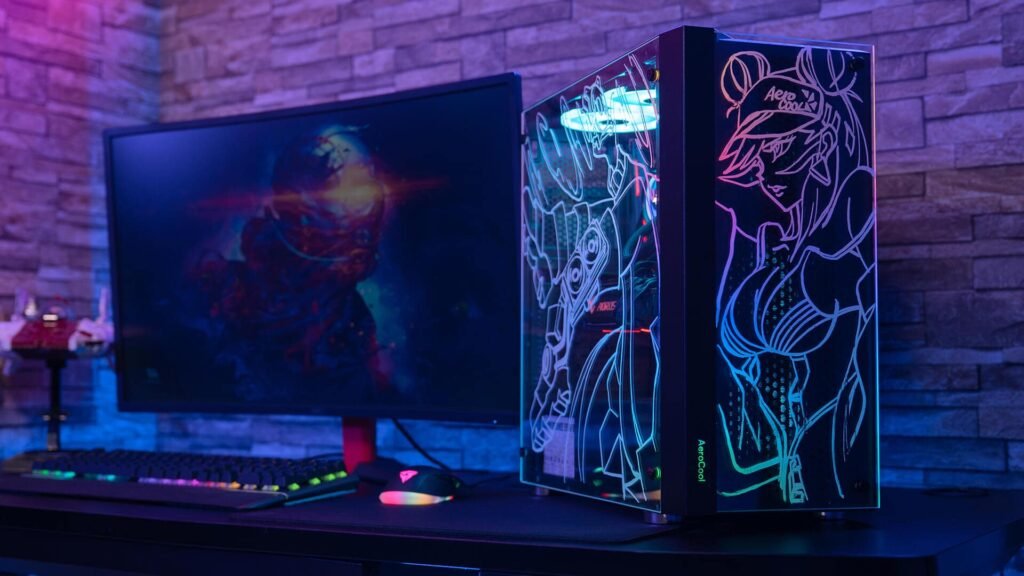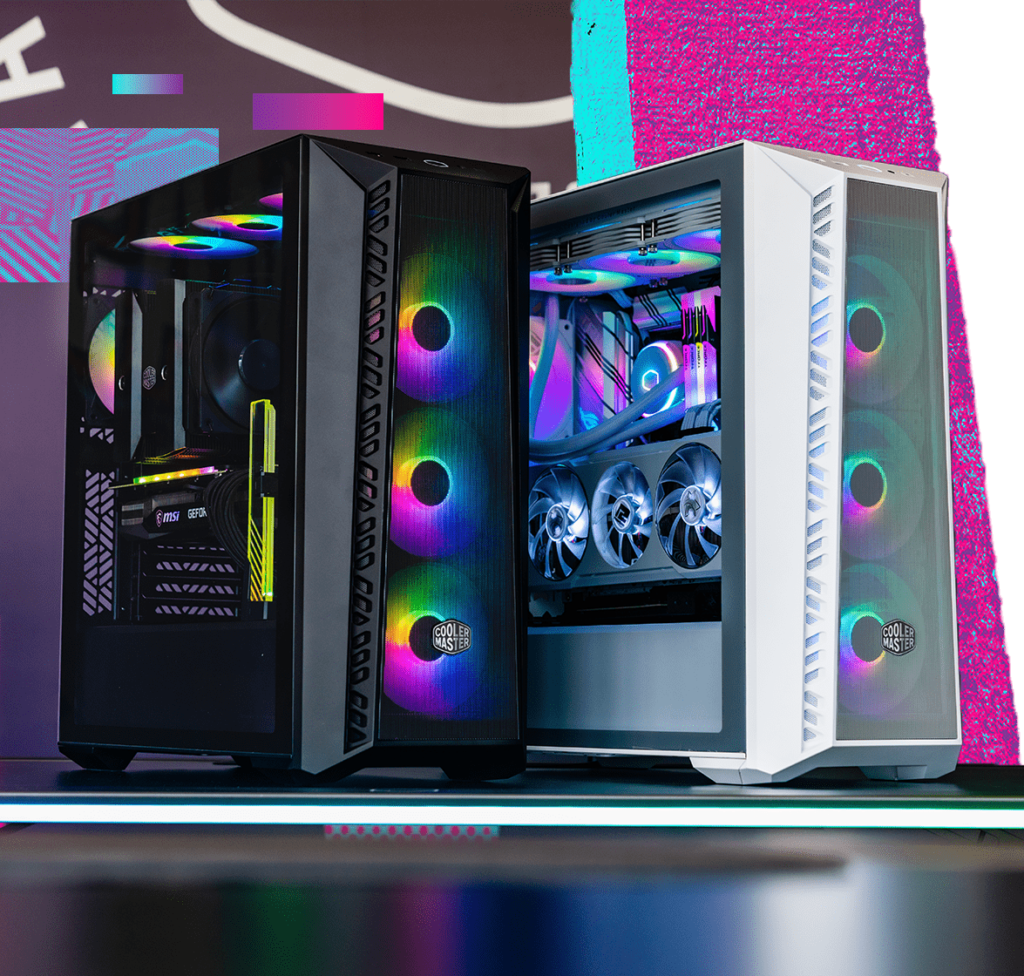The AMD Radeon RX 7000 series is hugely anticipated, as it will feature the new RDNA 3 architecture. Most recently, Scott Herkelman, the Senior Vice President and General Manager of the Radeon division, tweeted that the RDNA 3 architecture would be announced on the 3rd of October. The announcement of RX 7000 launch happens just 2 hours before NVIDIA announces its GeForce RTX 40 series, which is an interesting marketing stunt and clear sign that the competitor is ready.
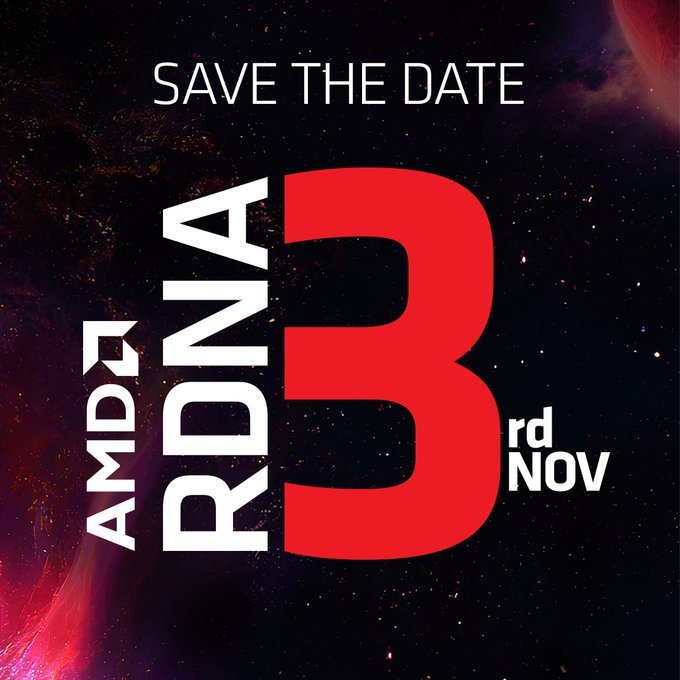
ARCHITECTURE
At the heart of the Radeon RX 7000 series will be AMD’s new RDNA 3 microarchitecture. While RDNA 2 was more colloquially referred to as Big Navi by gamers and Navi 2x by AMD executives, RDNA 3 is referred to as Navi 3x. The Radeon RX 7000 GPUs codenamed Navi 3X are designed with 5nm process technology and will feature next-generation Infinity Cache, the company confirmed.The most-commonly mentioned chips include the Navi 33, Navi 32, and Navi 31, with the 31 being found in the flagships.
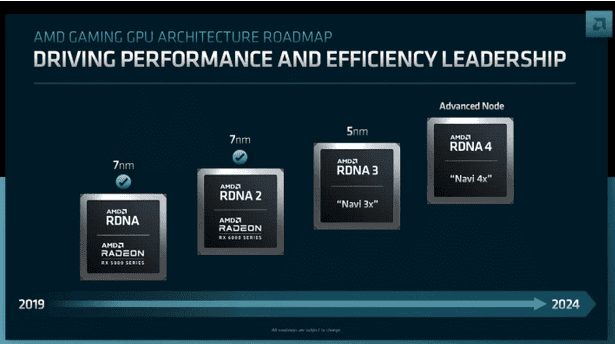
AMD has confirmed it will make use of a new chiplet design borrowed from the architecture used on its Ryzen processors for RDNA 3. This change in design could allow the company to double the number of compute units on each die. If all else is the same, we can expect AMD’s GPUs to ship with at least 12GB of VRAM. The company had previously claimed that 12GB of RAM on GPUs is the minimum requirement to be future-proof when playing AAA titles. Current AMD GPUs ship with GDDR6 memory, and we can expect the same with Radeon RX 7000 since Nvidia has an exclusive on the faster GDDR6X standard.
PERFORMANCE
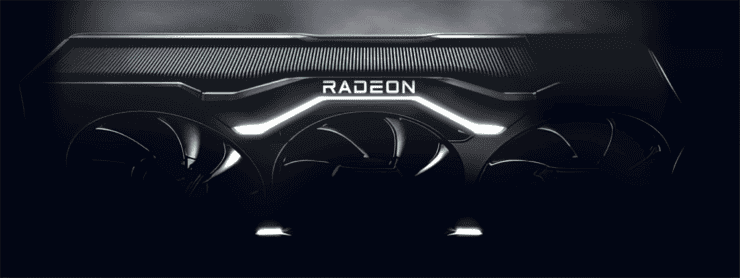
AMD has already confirmed they are on track to deliver at least 50% better performance per watt efficiency with RDNA3, the move from RDNA to the current RDNA 2 design delivered an additional 50% improvement. The move from RDNA 2 to RDNA 3 is also expected to deliver over 50% improvement in performance per watt.The new GPU series will also be the first to feature advanced packaging technology and multi-chip-module design with graphics and memory chiplets.

